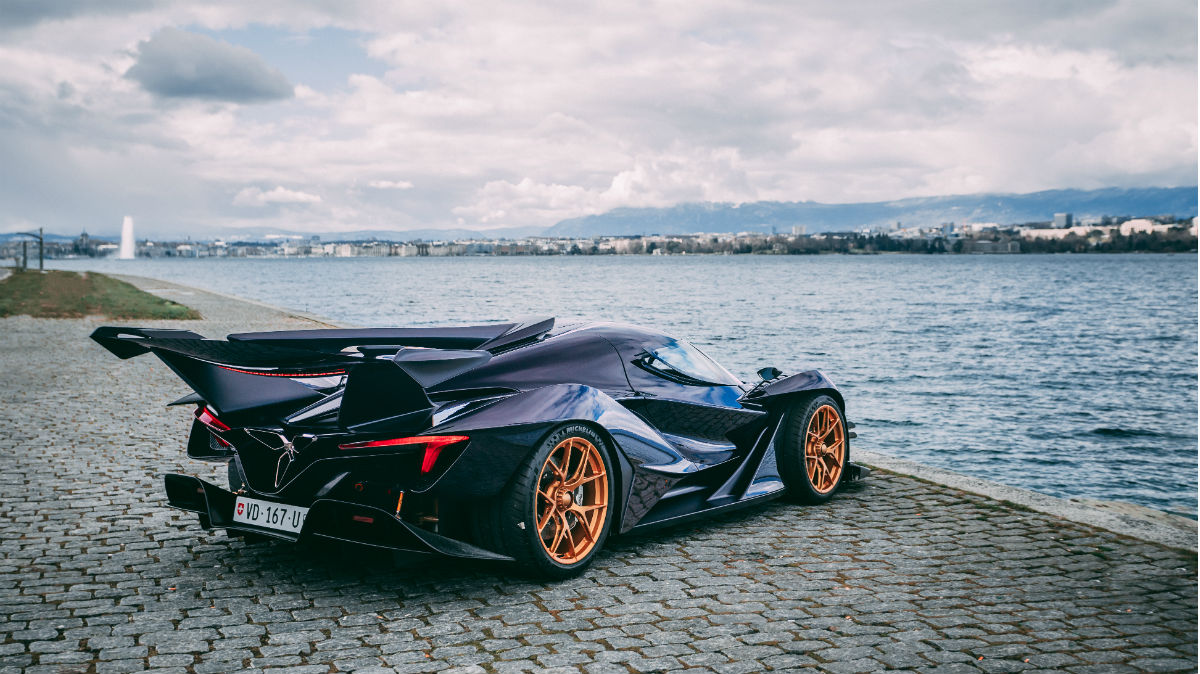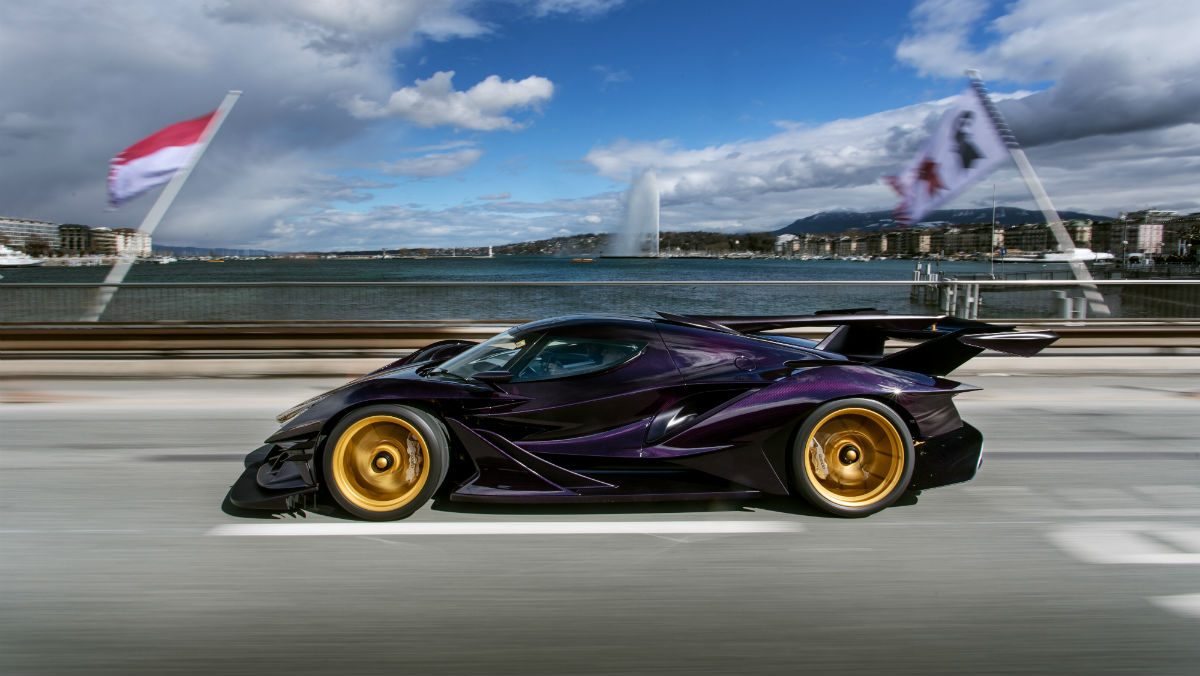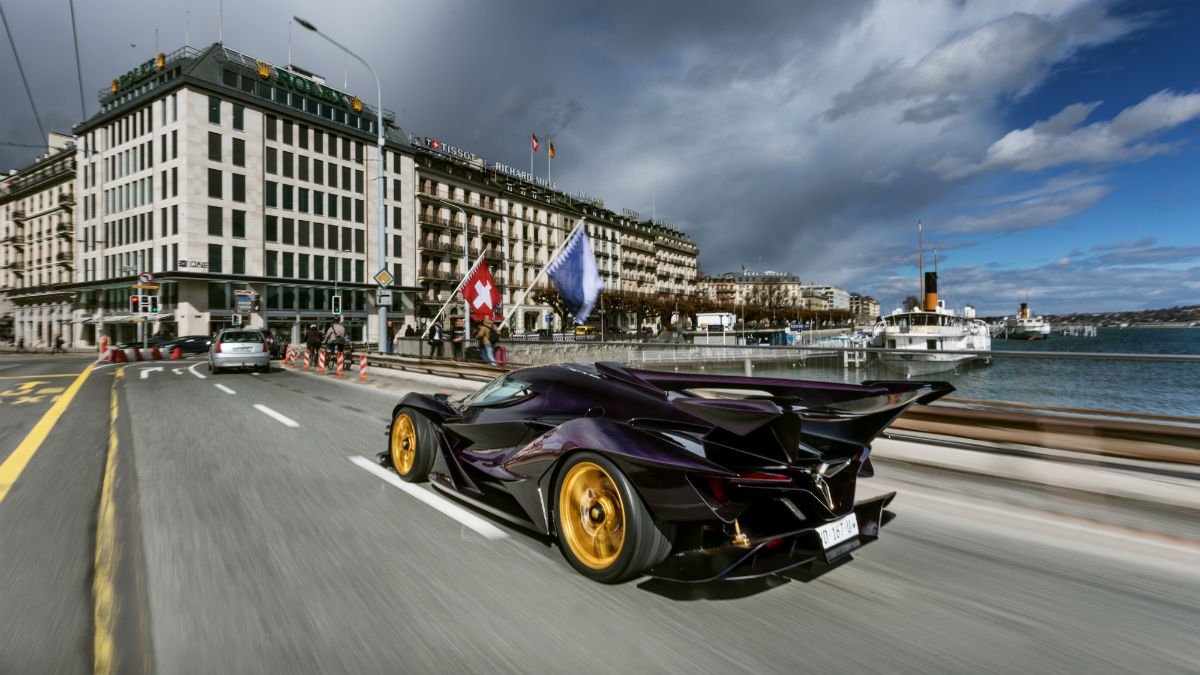Passion is key to understanding the rebirth of Apollo Automobil.
It’s been a while since we had heard the Apollo name. The company, formally known as Gumpert, was sold off some years ago and by all accounts, went dark. That, however, was by choice, as the new company was secretly building what they term as “the last supercar you’ll think of when the world goes autonomous and electric.” Enter the Apollo Intensa Emozione (IE).
For Norman Choi, the brand’s new owner, and Ryan Berris, Norman’s collaborator and the company’s operations director, the rawer the car the better. And as you can see from the pictures here, the Apollo IE is about as raw as you can get. The IE is powered by a hellion of a motor, a 6.3-liter V-12 engine with a rev limit of 9,000 rpm; and there’s no turbo or electric trickery here either. Unlike its competitors, the IE’s engine is naturally aspirated engine and good for over 800 horsepower. It’s exceptional power is then sent through a single clutch, race-bred transmission that we’ve been assured will not only deliver lightning fast shifts, but shifts with the brutality of a sledgehammer to the chest. Yes, please!
Both the chassis and body are built of carbon fiber, and even with the fire-breathing heavyweight of an engine in the middle, the car weighs just 2,755 lbs. For comparison, the Porsche 911 Turbo S, a car that can match a Bugatti Veyron to 60 mph, weighs almost 1,000 lbs more. More impressive though than its longitudinal push is that the Apollo IE has enough downforce to — theoretically, mind you — drive upside down. In fact, the only cars that compare to the IE are Le Mans prototype racecars in terms of downforce.
The Apollo IE is Norman’s personal dream car and came out exactly to his specifications. However, due to the reception he’s received, Apollo will now sell 10 other examples of the IE to customers around the world with each car carrying a starting price of $2.7 million. That eye-watering dollar figure, shouldn’t come as a surprise though when you start going through the laundry list of bespoke or race-bred parts affixed to the IE. Nor is it surprising given the anal-retentive standards that this car has been built to.
While the Apollo IE debuted a few months ago at an intimate gathering, the eyes of the world really haven’t been able to get a good look at the wildest hypercar to debut in recent memory. To fix that, Apollo descended on the Geneva International Motor Show. Though, instead of a static display in one of the show’s many booths where the IE would have to compete with countless other metallic exotica, Apollo slapped a license plate onto the back of the IE and drove it around the centuries-old city delighting onlookers and making us rather envious that we weren’t at the show to bask in the IE’s heart-pounding V-12 vibrato.
We really need to get behind the wheel.







